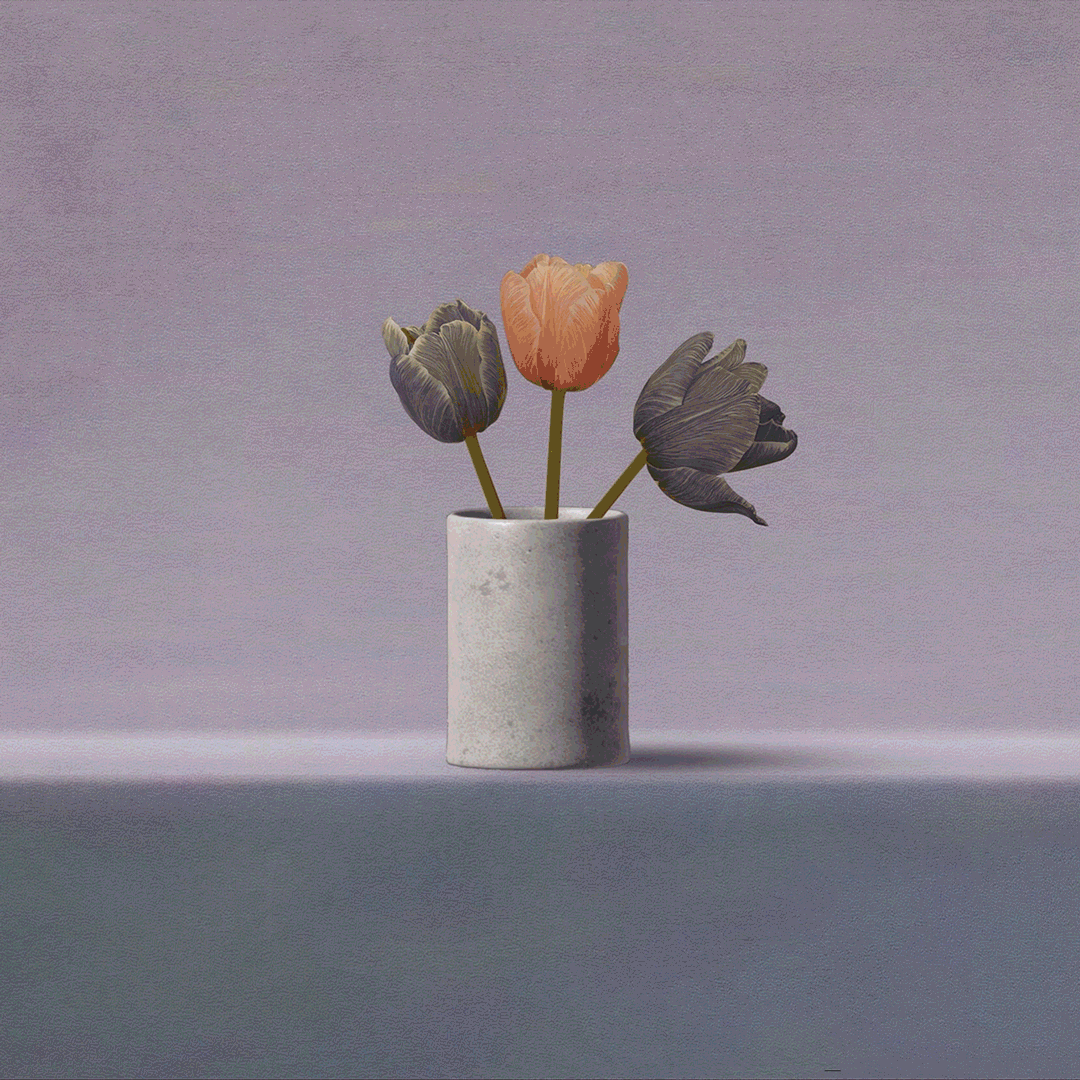
“Apple’s newest smartphone models use machine learning to make every image look professionally taken. That doesn’t mean the photos are good.”
[via]

“Apple’s newest smartphone models use machine learning to make every image look professionally taken. That doesn’t mean the photos are good.”
[via]
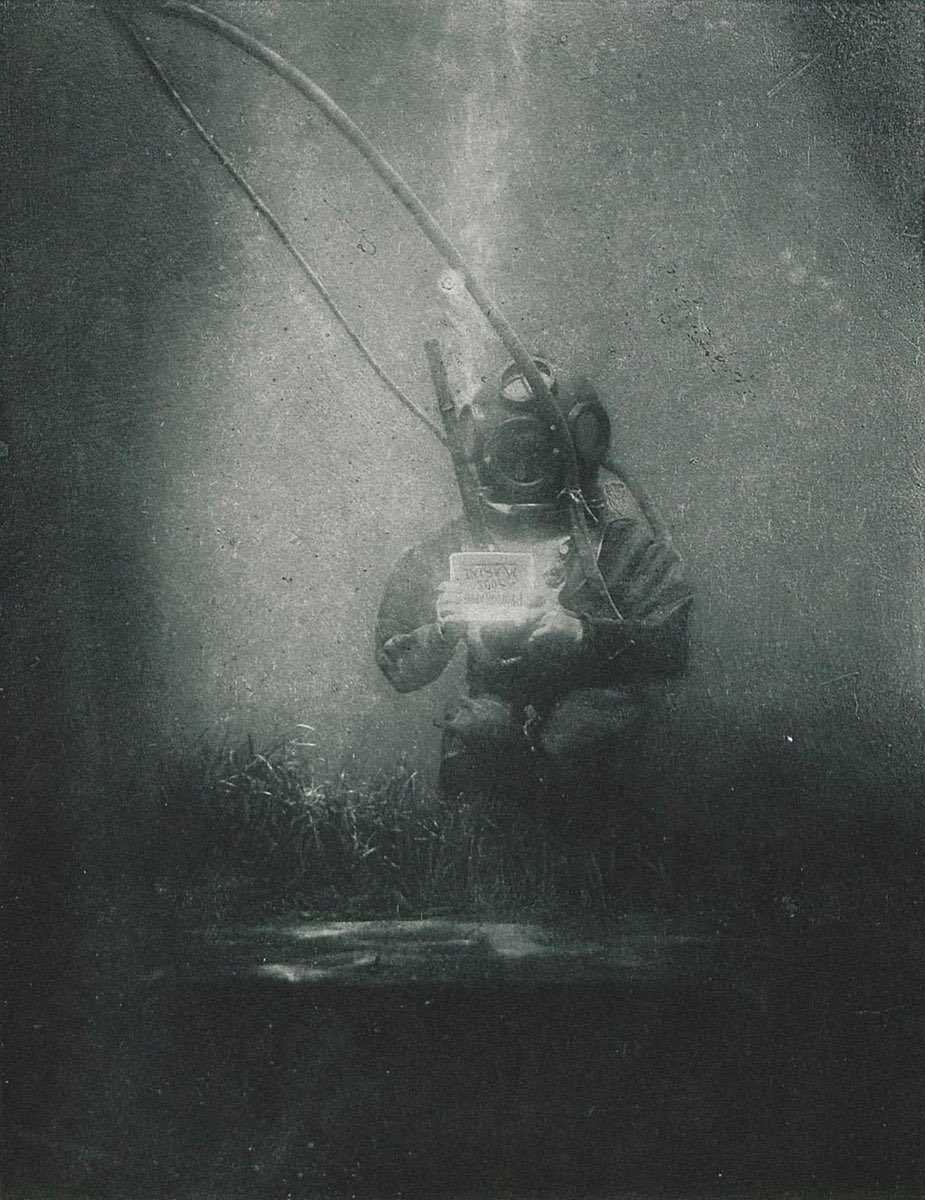
“Taken in the 1890s (most likely 1899) by biologist and photography pioneer Louis Boutan, it depicts Boutan’s Romanian colleague Emil Racovitza holding up a sign that reads ‘Photographie Sous Marine’ or ‘Underwater Photography'”.
[via]
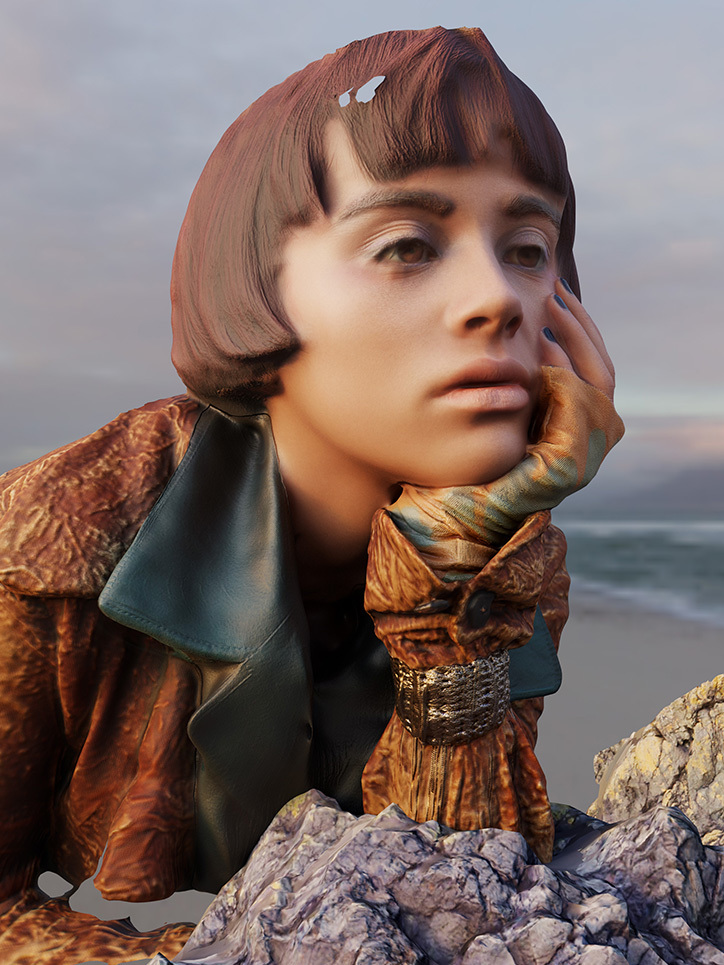
“We define ourselves as photographers even when we’re working with 3D materials,” say Paris-based duo Benjamin Roulet and François Bellabas. “Everything comes from photography.”
[via]

A maker named Abhishek Singh has created an instant camera that outputs a little box that contains a Raspberry Pi connected to a PiTFT screen.
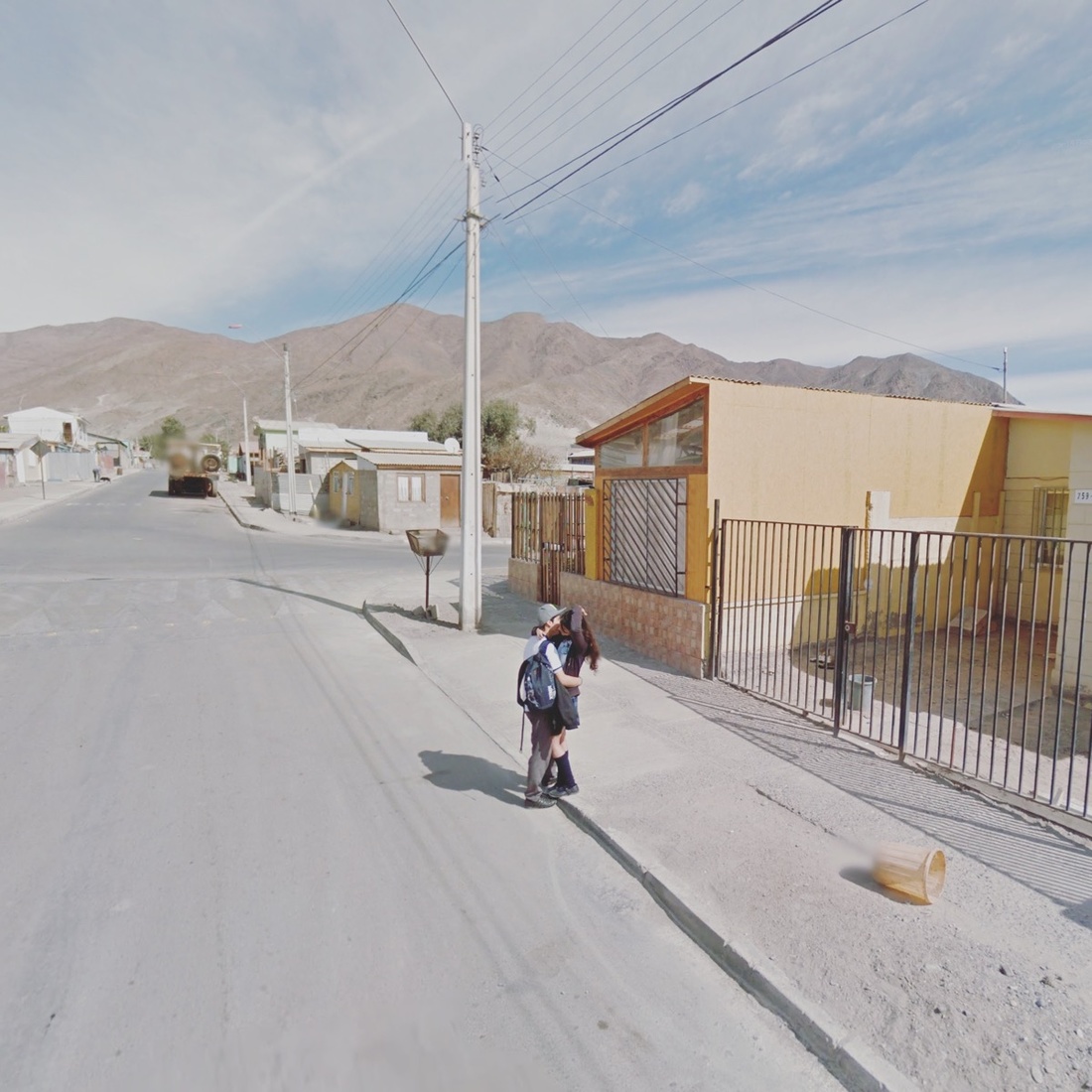
Jacqui Kenny lives with agoraphobia, an anxiety condition that causes individuals to avoid venturing into crowded or remote places, for fear of having a panic attack and being unable to escape or find help. For some, at its worst, this can mean a fear of leaving home. To counter this, Kenny roams the globe via Google Street View, and virtually combs streets and landscapes to snap screenshots for her photography series “Agoraphobic Traveller.”
[via]
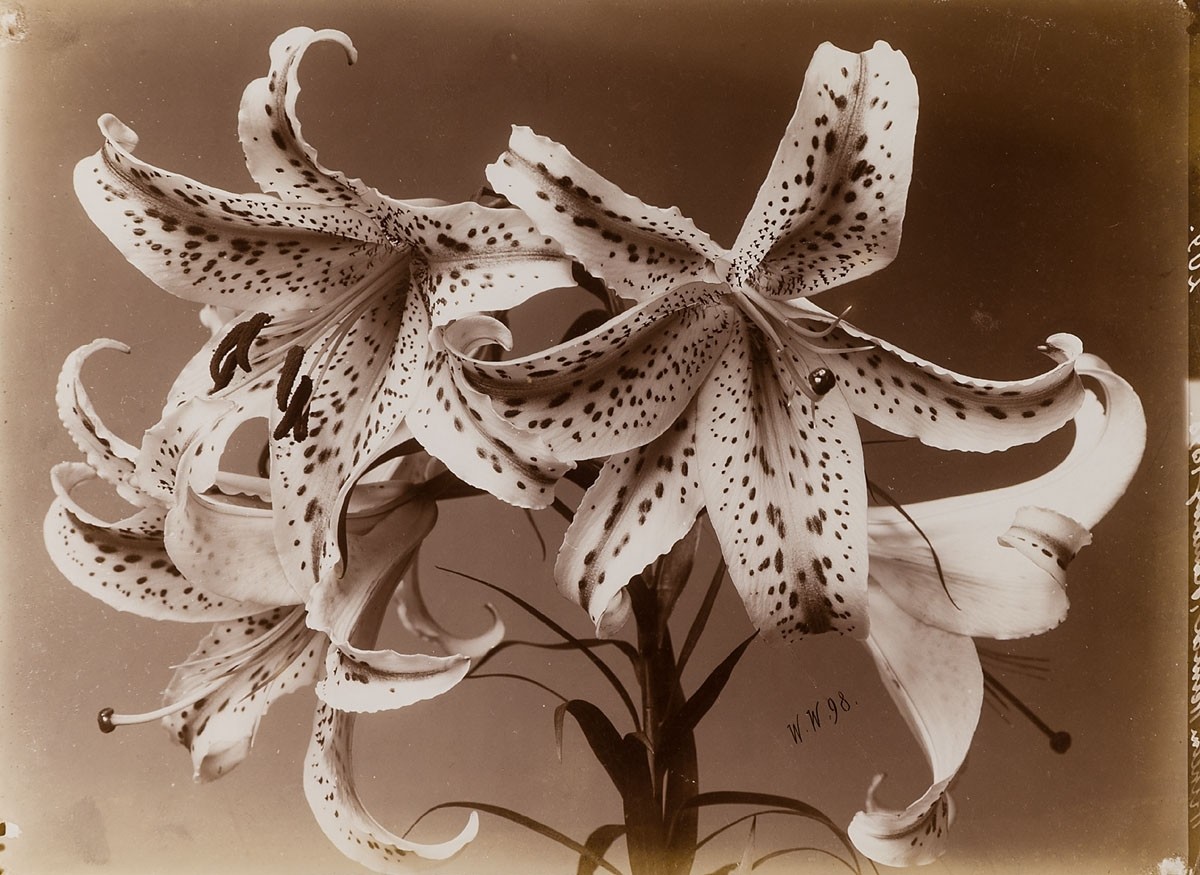
Wilhelm Weimar, Lilie, Museum fur Kunst und Gewerbe Hamburg
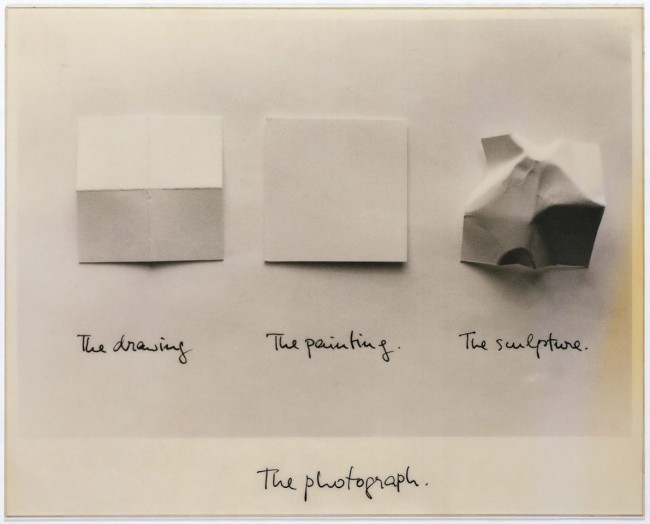
Luis Camnitzer, “The Photograph“, 1981
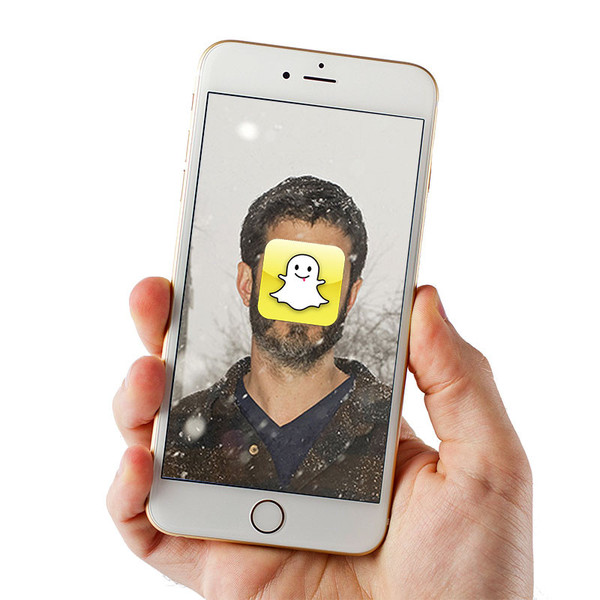
“Renowned American photographer Alec Soth invites you to disappear with him, and spend a few days conversing with him through Snapchat. Over the course of the conversation, Alec will send the buyer a series of twenty-five original photos, which may vary from beautifully composed landscapes to simple shower selfies depending on how the conversation develops and the nature of the narrative that emerges. Each photo will only ever be seen by Soth and the buyer, and will disappear immediately. The buyer may choose to send Soth photos in return as part of the conversation.”
This project by Pablo Garcia uses anamorphosis to add visual symbols to selfie-stick photography…
[via]
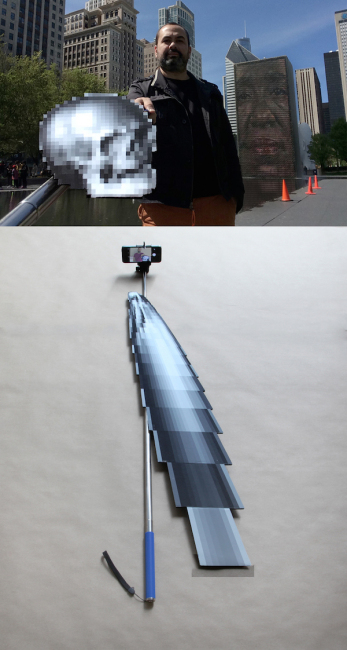
Thomas Mailaender is showcasing a new series of his cyanotypes at Ditto Gallery in London.
The cyanotype process (characterised by its cyan-blue hue) was developed as a means for blueprinting. Mailender utilises this technique to print images taken from his Fun Archive, a personal collection of absurd and anonymous pictures intuitively pulled from the Internet. Using this archaic and outmoded process to reproduce images from the modern digital age creates a dialogue about the validity and authenticity of images, and their place as artworks.
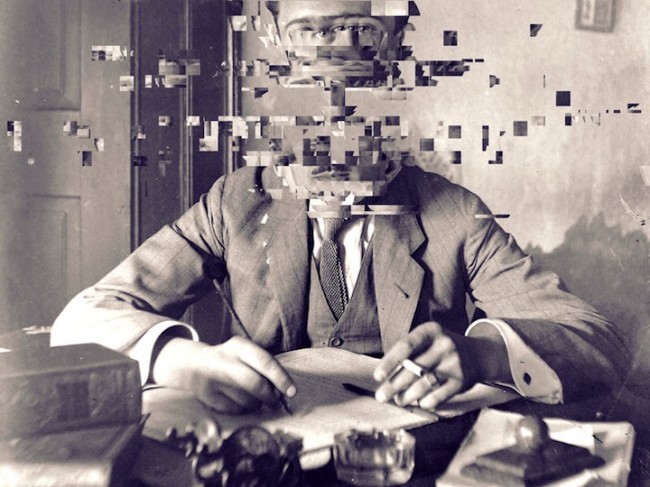
“Our brains store away images to retrieve them later, like files stored away on a hard drive. But when we go back and try to re-access those memories, we may find them to be corrupted in some way.”
Failed Memory, a photo series by David Szauder.
[via beautifuldecay]
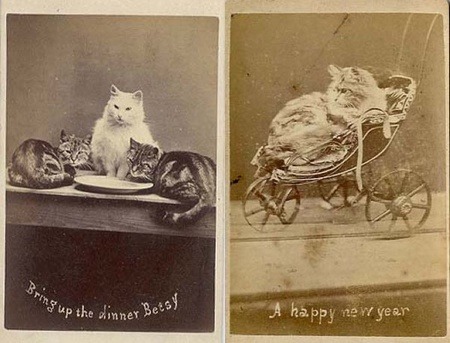
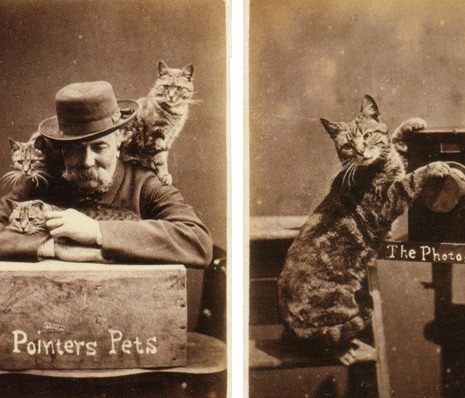
“Over a hundred years before Icanhascheezburger.com and lolcats.com, there was Brighton, England photographer Harry Pointer and his ‘Brighton cats’ series.”
[via dangerousminds]

DIS Images is a fully functioning stock image library. Dedicated to manipulating the codes and trends in stock photography, DIS Images invites artists to create alternative scenarios and new stereotypes, thus broadening the spectrum of lifestyle portrayal.
Amazing series of digitally manipulated images of landscapes by chinese artist Yao Lu:
“The artist photographs mounds of garbage covered in green protective nets which he assembles and reworks by computer to create bucolic images of mountain landscapes shrouded in the mist inspired by traditional Chinese paintings. Lying somewhere between painting and photography, between the past and the present, Yao Lu’s work speaks of the radical mutations affecting nature in China as it is subjected to rampant urbanization and the ecological threats that endanger the environment.”
[via colossal]
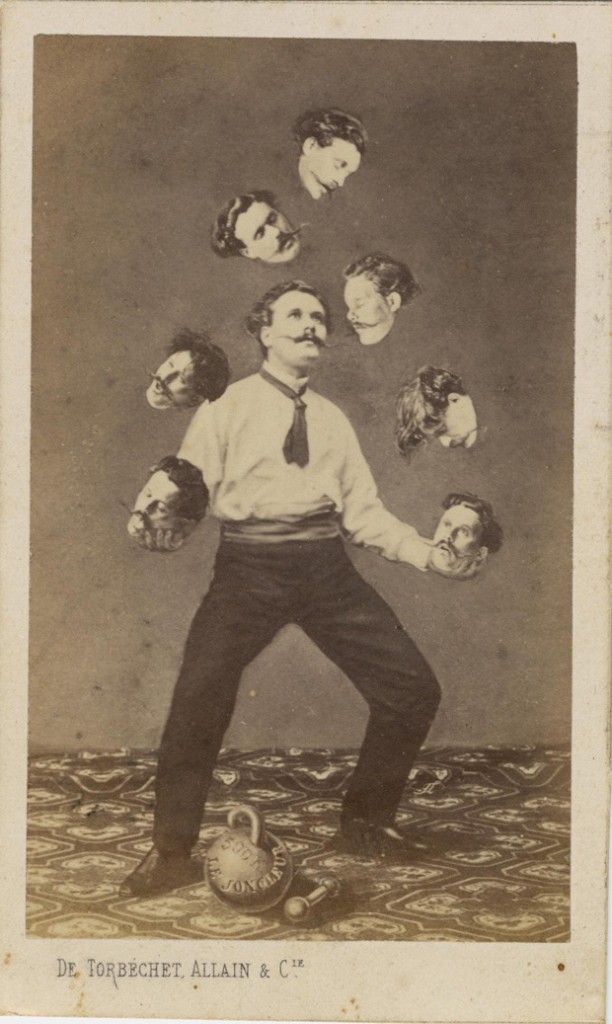
Faking It: A Visual History of 150 Years of Image Manipulation Before Photoshop. Exhibition and book.
[via brainpickings]
Two Kingston students (Luke Evans and and Josh Lake) created human photograms by swallowing 35mm film, then, erm, expelling it, and recording the results. Amazing.
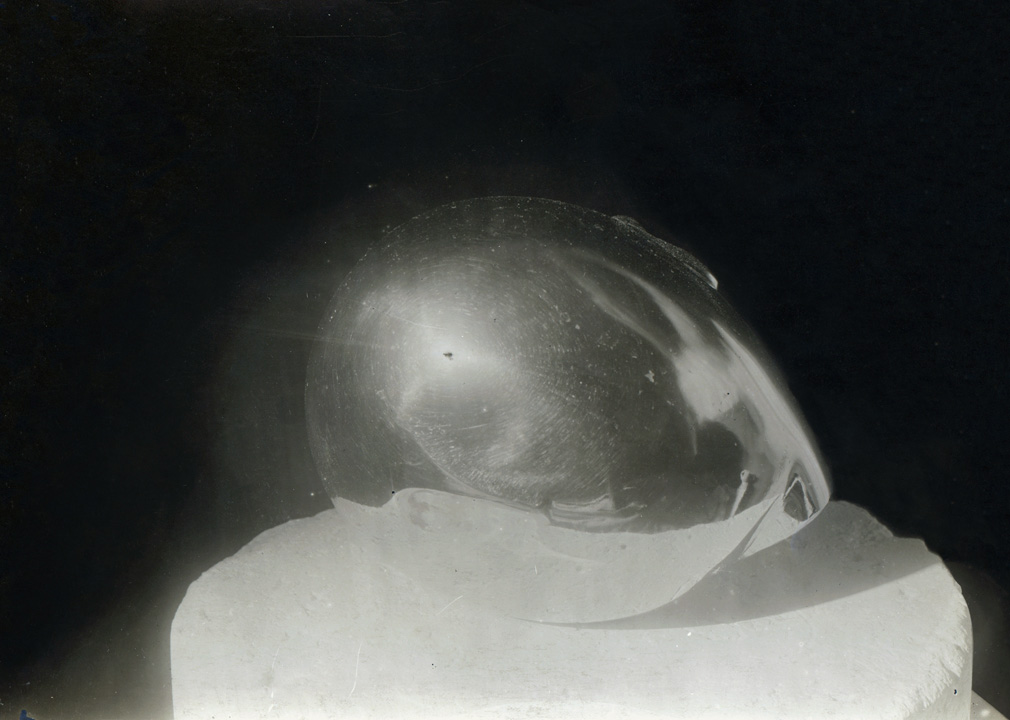
Constantin Brancusi, Prometheus, c. 1926-27, Gelatin silver print
[some other incredible Brancusi’s photographs here]
Aleksandra Domanovic, Anhedonia, 2007. Video
“In psychology, anhedonia is an inability to experience satisfaction from normally pleasurable life events such as eating, exercise and social or sexual interaction. It was also supposed to be the original title of Annie Hall, but was considered unmarketable.”
[via collect]
Touchy is a human camera, who is blinded constantly until someone’s touch enables the opening of the automated shutters. While a continuous physical contact is maintained between Touchy and a user, the camera shoots a photo every 10 seconds.
[via designboom]

Alan Belcher, “______.jpg”, 2012
“Alan Belcher has produced new work for this exhibition, a ceramic multiple edition. Known for his pioneering of the photo-object_ genre (artworks which fused the disciplines of photography and sculpture); he has furthered that exploration with a multiple series of what can be seen as perhaps the ultimate “photo-object”. Belcher has taken the ephemeral nature of the universal jpeg, and solidified its default icon into a standard image surrogate. The edition entitled “______.jpg” was fabricated in China, is a series of 125 pieces each signed and dated.” 25 Years of Talent at Marianne Boesky Gallery, curated by Michelle Grabner May 2 – Jun 16, 2012.”
[via jockohomo]


Time-lapse portraits layered and cut to reveal the passage of time, by Nerhol:
“The numerous portraits are actually different, photographed over a period of three minutes as the subject tried to sit motionless, the idea being that it’s impossible to ever truly be still as our center of gravity shifts and our muscles are tense. The portraits are actually a layered lime-lapse representing several minutes in the subjects life and then cut like an onion to show slices of time, similar to the trunk of a tree.”
[via colossal]